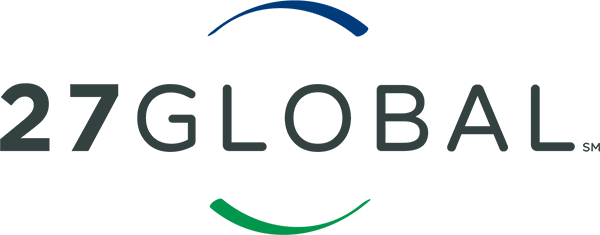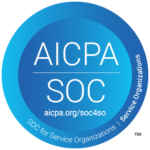
Ilustration courtesy of ChatGPT
This four-part blog series from 27Global provides an overview of an internal project to plan, design, and implement an AI-driven solution. Follow along to learn about our use case, our challenges, and our successes.
Part 1: Launching Dr. Doc – Automating the Forgotten Job
The Team
We approached this project the same way we approach projects with our clients – with a full team composed of technical and functional resources. That means at a minimum, a product manager and Scrum Master (Kelley Madsen), a technical architect and software engineer (Jesse Bandel), and a cloud engineer (Dimitri Schrader). For this project, I (John Marney) wore the hat of the client and product owner, providing requirements and making key decisions when the team provided options.
After composing the team and kicking off, we were ready for the next step: what exactly are we building?
The Solution
We evaluated a number of use cases and ranked them by effort and value. In this case, we needed the effort to fit within our project window of 4-6 weeks, and the value was both “what will increase internal efficiency” as well as “what is something that applies broadly to the market”.
Here are a few of the solutions we considered:
- Meeting Note Distribution and Action Item Assignment, Story/Task Creation
- Kantata Automation (hours scheduling, budget tracking, time entry reminders)
- PR Review (code review, make comments, suggest corrections)
- Documentation-as-a-Service (feed in user stories and code, generate descriptions and diagrams, store in wiki)
- Contract and Proposal Generator
Ultimately, our selection was a subset of “Documentation-as-a-Service”. Our internal pain was clear: infrastructure and data flow diagrams often lag behind code. Rather than treating documentation as an afterthought, we wanted to automate diagram updates from code changes. (Ideally, documentation is updated before development – however, even if that is happening, changes may happen while in development so we still found utility in this utility.)
The Dr. Doc project launched with a focused mission: automate the most neglected task in technical teams.
The Value
To justify this project and really drive the outcomes we desired, we wanted to clearly define what we expect to get from the investment we were making. We prioritized, in the following order:
– Learning AI tools in a practical implementation context
– Building project templates for implementing AI internally and with our clients
– Capturing business value via time saved on documentation
You will notice that actually realizing time savings from the technical solution is the lowest priority. The team agreed that we will realize more value from education and repeatability than an operationalized utility.
As for the potential ROI of this solution, early estimates suggested ~$150K annual savings if scaled, based on reducing daily manual documentation time across 40 team members and/or replacing a theoretical full-time technical writer.
The Tech
The project team desired a tool that was friendly to both technical and non-technical resources. This meant avoiding a code-only approach (which was also not feasible due to time constraints), and instead leveraging one of the many Model Context Protocol Server tools available on the market.
We evaluated multiple orchestration tools, but narrowed them down to these two finalists:
– ❌ N8N: Already in use internally, but too expensive for the version we would need in a production environment
– ✅ Rivet: Open source and flexible to customization to meet our needs (but later a source of pain)
We chose Draw.io for diagrams due to it being used extensively across our project work, despite its unstructured XML output.
On the AI model side, we performed quick tests against the major models from OpenAI, Anthropic, and Google. In these tests, Google’s Gemini 2.5 showed early promise for handling the XML.
We adopted a Kanban workflow (vs. sprint-based) for agility due to the short-term nature of this project.
Check back next week for Part 2: Building the Backbone & Fighting the Tools
About the Author

John Marney is a visionary director at 27Global, boasting a rich tapestry of experience in steering businesses towards digital excellence. With a keen eye for innovative solutions, John has played a pivotal role in leveraging cutting-edge technologies to empower clients in their digital transformation journey. His passion for bridging the gap between business objectives and technological advancements continues to drive 27Global’s commitment to delivering unparalleled software, cloud, and data solutions.
Want to learn more? Contact us at info@27global.com


